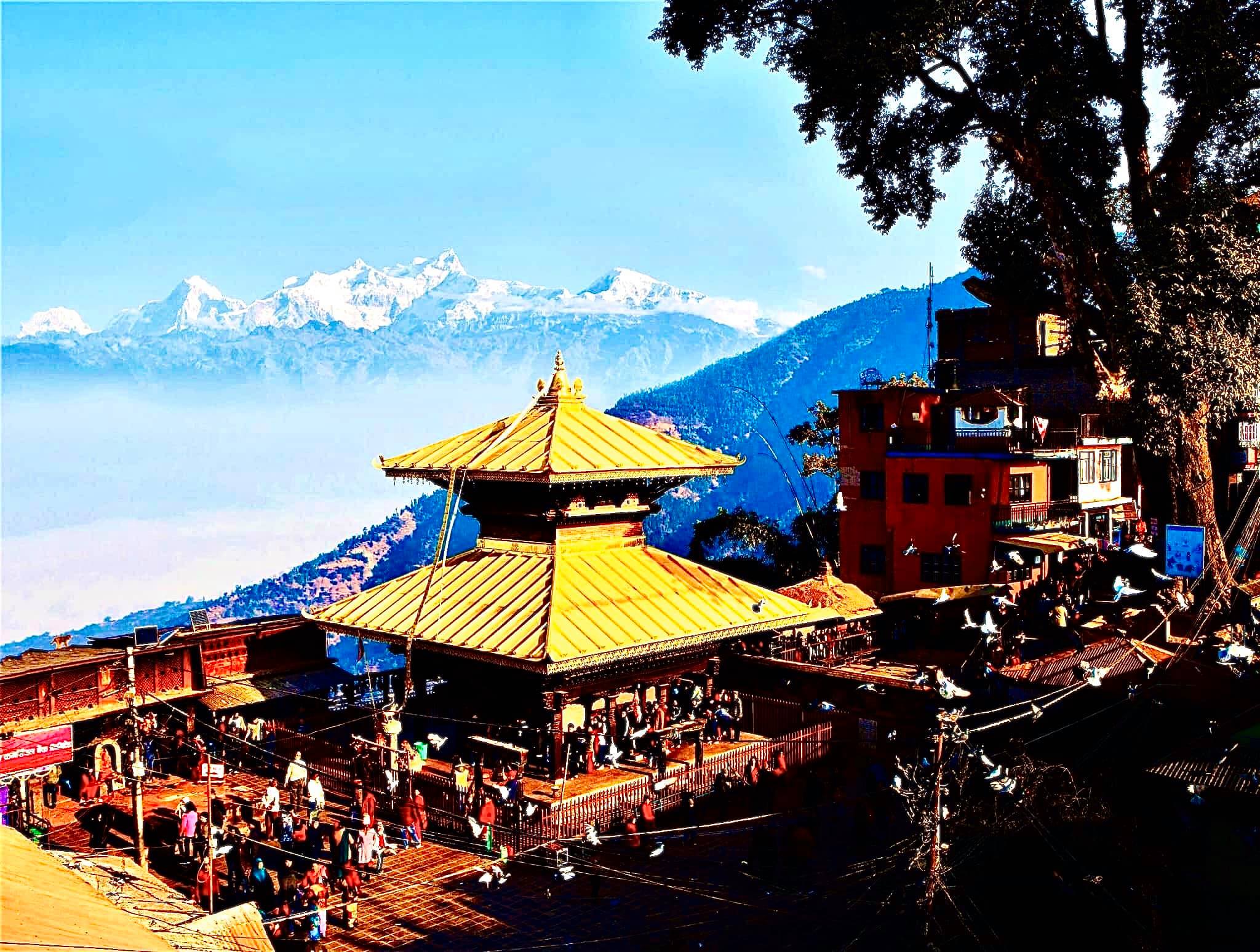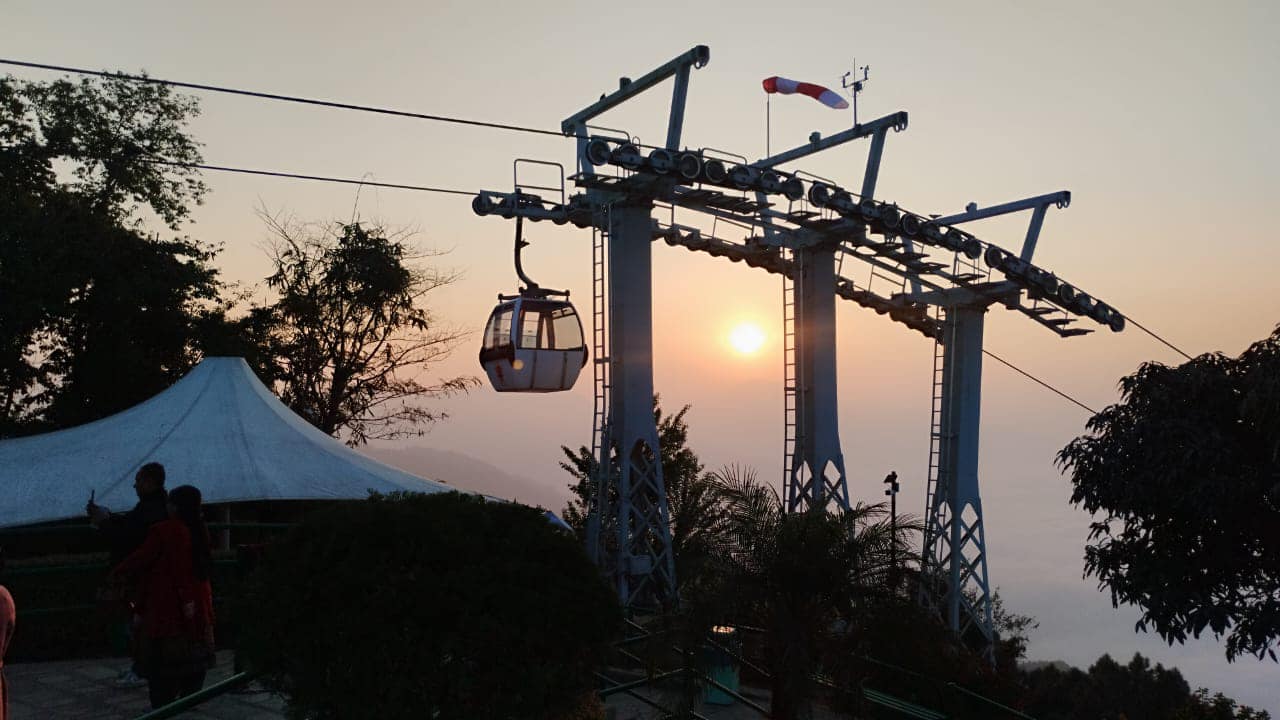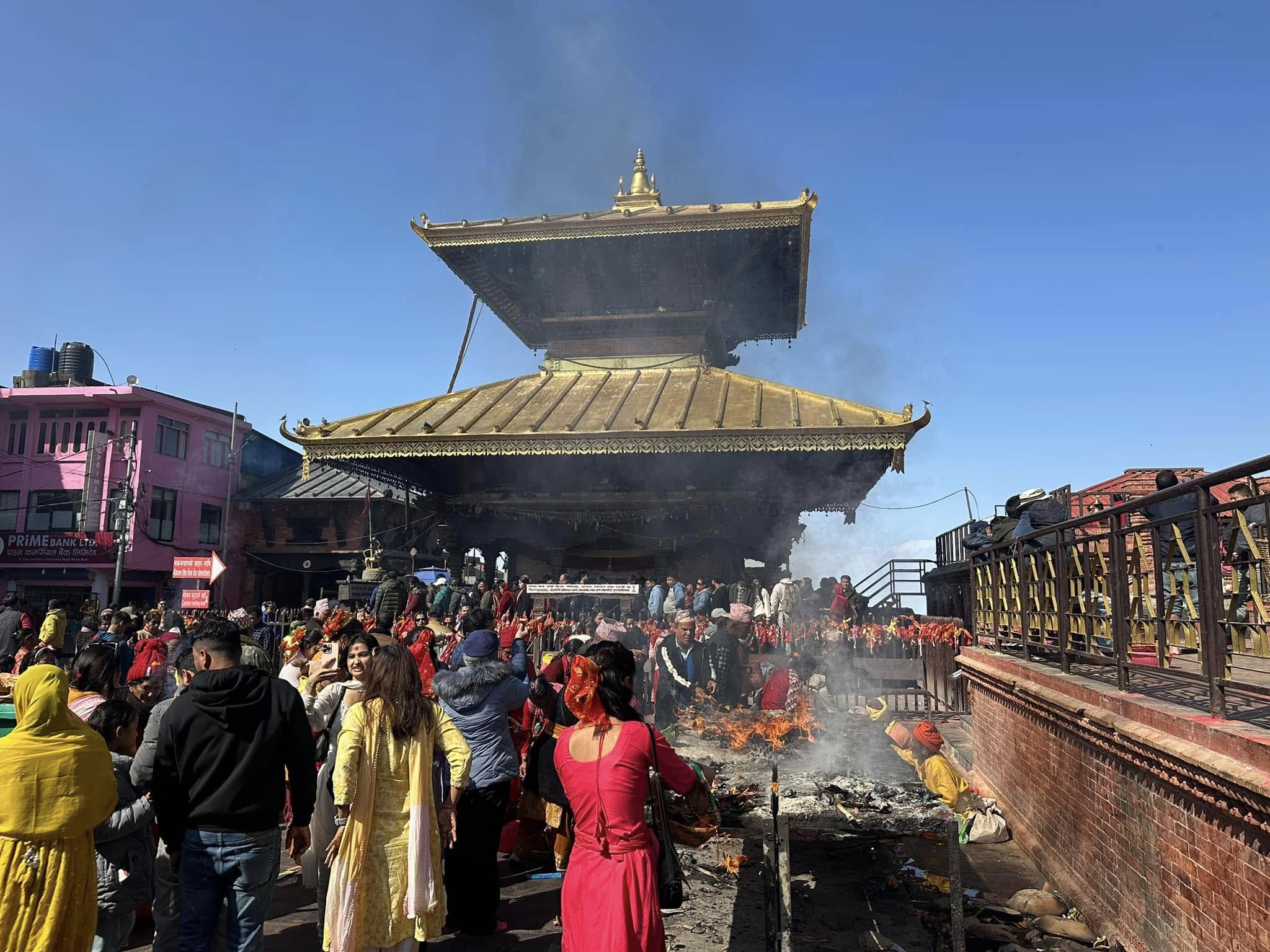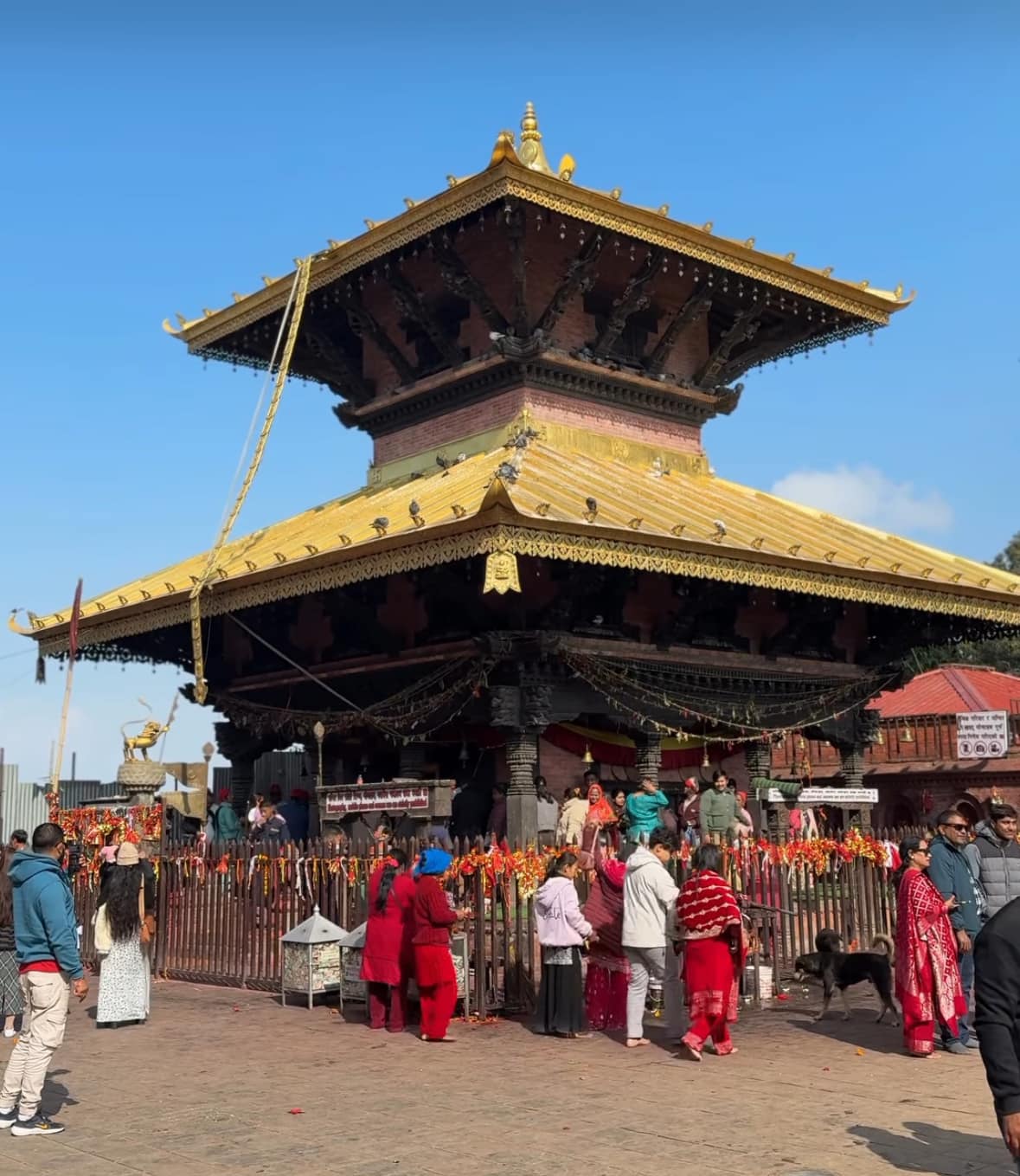

KATHMANDU: Perched atop a lush hill in the Gorkha District of Nepal’s Gandaki Province, the Manakamana Temple has long been revered as a powerful site of Hindu devotion. Dedicated to Goddess Bhagwati, an incarnation of Parvati, the temple is believed to grant the wishes of those who visit with a pure heart.
Founded in 1678 by Arman Rayamajhi, Manakamana Temple is located approximately 105 kilometers west of Kathmandu and 12 kilometers south of Gorkha, the historic town from where Nepal’s unification began. Pilgrims and tourists alike make the journey via a scenic three-hour drive from Kathmandu to Kurintar, followed by a 15-minute cable car ride to the temple complex.

The cable car system, one of Nepal’s earliest and most significant infrastructure developments for religious tourism, spans 2.8 kilometers and accommodates up to 600 passengers per hour. With 31 cars—each seating six passengers—alongside three cargo cabins, it offers a swift and breathtaking ascent, replacing the arduous foot pilgrimage once required to reach the temple.
At the heart of Manakamana’s spiritual traditions is the practice of animal sacrifice, a ritual performed by devotees seeking blessings from the goddess. Despite the changing times, this practice remains deeply ingrained in the temple’s customs.

Manakamana Temple continues to be a vital religious and cultural landmark, attracting thousands of devotees, particularly during festivals like Dashain and Nag Panchami. Whether seeking divine intervention or simply marveling at the panoramic views of the Annapurna and Manaslu ranges, visitors leave with a profound sense of reverence for this centuries-old sacred site. Here are the key facts about Nepal’s sacred wish-granting shrine, Manakamana Temple:
1. A Sacred Wish-Granting Shrine
The name “Manakamana” comes from two Sanskrit words: Mana (heart) and Kamana (wish). It is believed that the goddess Bhagwati fulfills the wishes of those who visit her temple.
2. A Royal Mystery and a Divine Rebirth
Legend has it that Queen Lilavati, wife of King Rama Shah, had divine powers. After the king’s sudden death, she committed sati, but later reappeared as the goddess worshiped at Manakamana.
3. Blood and Milk from a Stone?
A farmer once struck a mysterious stone while plowing his field, and blood and milk flowed from it! Devotee Lakhan Thapa declared it a sign of the goddess, and the temple was built on that very spot.
4. The 17-Generation-Old Priesthood Tradition
Only direct descendants of Lakhan Thapa can serve as the temple’s priests—keeping a sacred lineage alive for over 300 years!
The current priest of the temple is a 17th-generation descendant of Lakhan Thapa. Manakamana is one of the few temples in Nepal where the priest belongs to the Magar community.
5. From a Grueling Trek to a Scenic Cable Car Ride
Pilgrims once hiked for hours to reach the temple. Now, Nepal’s first and only cable car system whisks visitors up in just 10-15 minutes!
6. A Temple Surrounded by Breathtaking Views
Located at 1,333 meters above sea level, the temple offers stunning views of the Annapurna, Manaslu, and Himalchuli mountains.
7. A 400-Year-Old Sacred Tree
A massive champa tree near the temple, believed to be over 400 years old, is considered a divine residence of Goddess Bhagwati.
8. Where Newari Newlyweds Seek Blessings
Newari couples often visit Manakamana to pray for a son, believing the goddess blesses those who seek her favor.
9. Sacrifices and Grand Festivals
During Dashain and Nag Panchami, devotees flock to the temple to offer prayers, sacrifices, and seek the goddess’s blessings.
10. A Place That Fueled Nepal’s Unification
Prithvi Narayan Shah, the founder of modern Nepal, sought blessings from Manakamana Bhagwati before embarking on his mission to unify the country.
11. The Temple That Moves with the Wind
Locals claim that powerful winds from the temple’s sacred tree reach as far as Lamjung—almost as if the goddess herself is watching over the land.

12. The Enigmatic Vankeshwari Temple
A lesser-known temple within the Manakamana complex, Vankeshwari Temple, is believed to have mysterious powers that can affect children’s speech and movement.
13. More Than Just a Pilgrimage Destination
Manakamana isn’t just a religious site—it’s a major tourist attraction, drawing thousands of visitors each year with its spiritual aura, scenic beauty, and historic significance.
(This content has been adapted using artificial intelligence, restructuring the original version.)